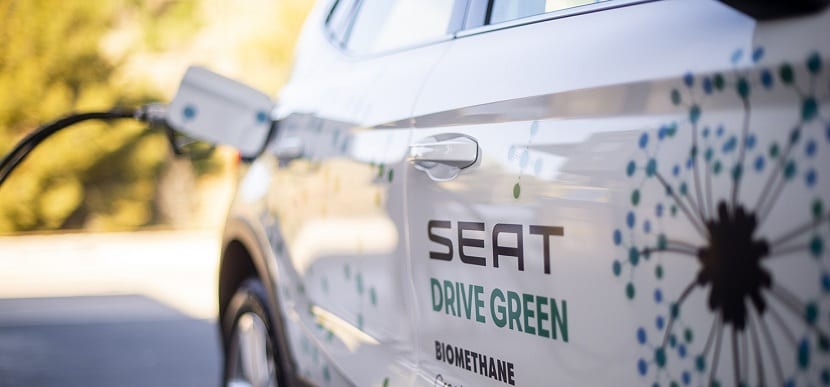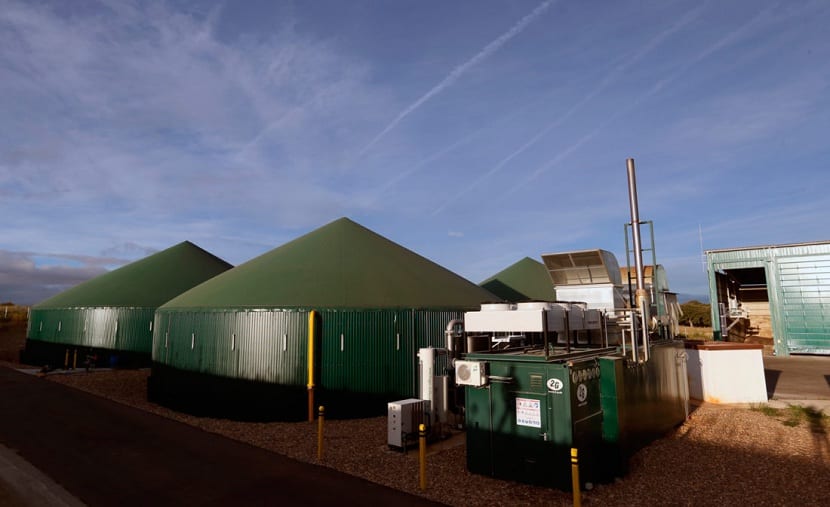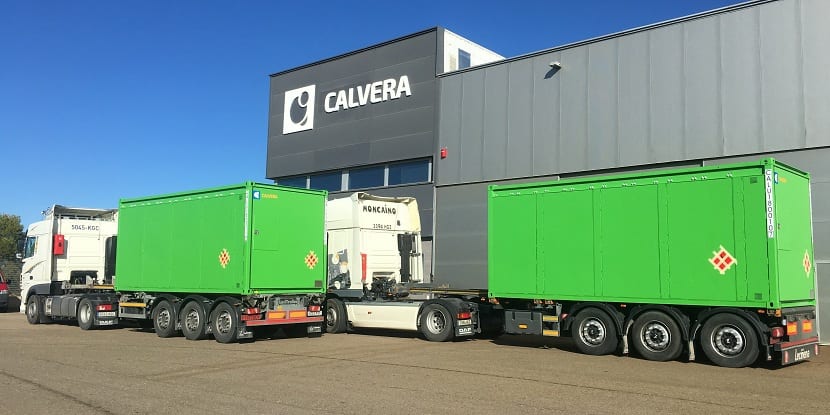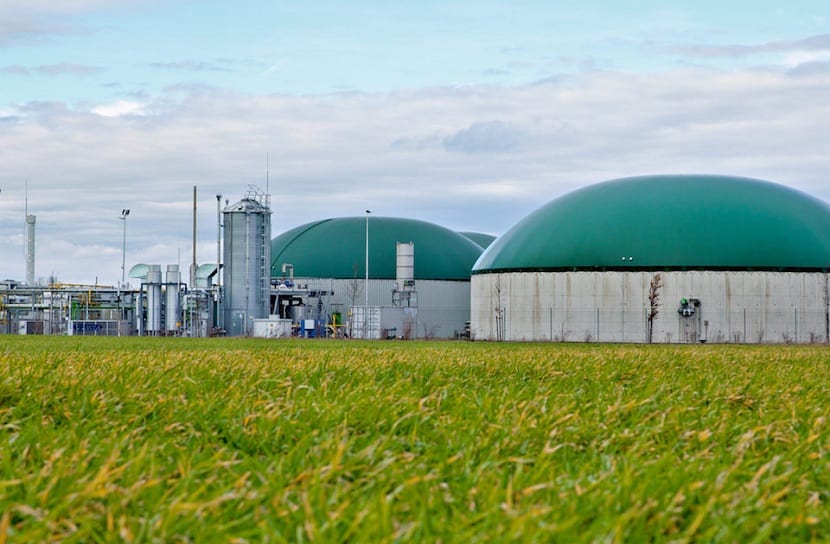
Just as the human being is looking for sources of energy that are renewable to serve as alternatives to the Fossil fuels, biofuels were born. One of them is the biomethane. Biomethane arises from biogas, which is obtained thanks to a wide variety of substrates. However, in order to use this biogas, it must be purified. This is how biomethane is born.
Here we tell you everything about this biofuel.
What is biomethane and how is it produced
It is necessary to analyze the importance of alternative energy sources to non-renewable energies, since air pollution is worsening the effects of climate change. Little by little we have to move towards an energy transition where energy sources come from different origins and we obtain a more complete mix where renewable energies take on great importance.
El biogas It is the one that is produced from various biological substrates. We can see it forming in agricultural residues such as intermediate crops, manure, straw, etc. It is also formed in sewage sludge and other organic waste, both domestic and industrial. It is well known that biogas production is high in controlled waste dumps. In these landfills an attempt is made to place different layers to bury the waste and pipes are built to recirculate the air that is generated in the decomposition of the waste. This gas is called biogas.
However, this biogas cannot be used as it is formed, but must first be purified. Let's look at the origin of the biogas to know well where the biomethane comes from. Biogas production is formed from the result of anaerobic digestion. This means, in the absence of oxygen. There are many bacteria that act by degrading organic matter and do not need oxygen to do so. Through this process the first untreated energetic gas emerges.
The composition of this gas is between 50 and 75% methane and the rest CO2 and tiny amounts of water vapor, nitrogen, oxygen, and hydrogen sulfide. This primary gas that has been formed can extract the little water vapor that it has plus the rest of the small components to be able to produce heat and electricity.
However, to use biogas in any way, such as its injection into the natural gas network or to use it as fuel in vehicles, it is necessary to go through a prior purification process. The process consists of eliminating the carbon dioxide in its composition, so that most of the gas is methane. The most Typically, the scrubbed gas contains 96% methane and meets certain standards to be used as if it were natural gas.
From the moment in which the gas has this composition, it is already called biomethane.
Uses and sustainability

As mentioned before, biomethane is a renewable alternative to fossil fuels. Its composition and energy power is very similar to natural gas. Therefore, it is being used for the same purposes. Biomethane can be injected into gas networks and used as natural gas in different proportions or used as fuel in vehicles.
The production of this gas is more sustainable, since a great variety of raw materials are used. This makes their environmental characteristics very varied, but they are in better uses than fossil fuel sources. During production there is no contamination and, although during its use there is, the total balance is much lower than if we use conventional natural gas. In addition, biomethane is renewable over time.
When using digestates, such as organic fertilizers and soil improvements, considerable savings are achieved in the production costs of other mineral fertilizers. In this way, we avoid the emissions associated with production. We return to the point before, the total balance of emissions is lower. To give you an idea, it is estimated that with the use of digestates instead of mineral fertilizers CO13 emissions per tonne could be reduced by up to 2 kg.
Advantages of its use

As we have seen so far, biomethane is a good alternative energy option to non-renewable ones. There are several advantages that this gas offers. Specifically, one of them is that it is a viable product from a commercial point of view. It can be used in existing infrastructure for natural gas without the need to build a new one. Scientists claim that their purification technology is fully approved and sustainable.
Regarding the advantages of its use, it contributes to meeting climate objectives since it reduces total CO2 emissions. This brings improvements in air quality and gives greater energy independence. With greater energy independence we do not have to depend on buying energy from other countries because we are capable of generating it ourselves.
Another advantage would be the jobs it generates during the production and use of biomethane in agricultural areas and with an energy efficient fuel.
How is biomethane produced in Europe

There are 15 countries belonging to the European Union that produce and use biomethane. Most of this biomethane is used to produce heat and electricity. Its use in transport is increasingly important and makes more space in the markets. For example, in Sweden we find biomethane as a fuel with a higher percentage of use than natural gas. Germany is also increasing the use of this gas considerably over the years.
It is estimated that, by 2020, the volume of productive biogas will be greater than 14 billion cubic meters, which is the equivalent of natural gas. This volume of biomethane will not have any negative effect on farmland used for food and feed production. In crop rotation and the recycling of nutrients in the ecosystem, productivity improves thanks to the use of digestates.
I hope that with this information you can learn more about biomethane and its characteristics.
